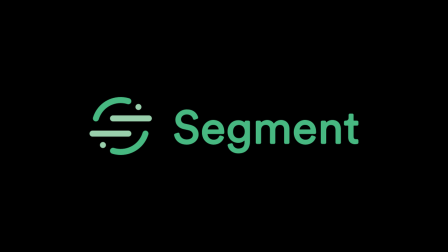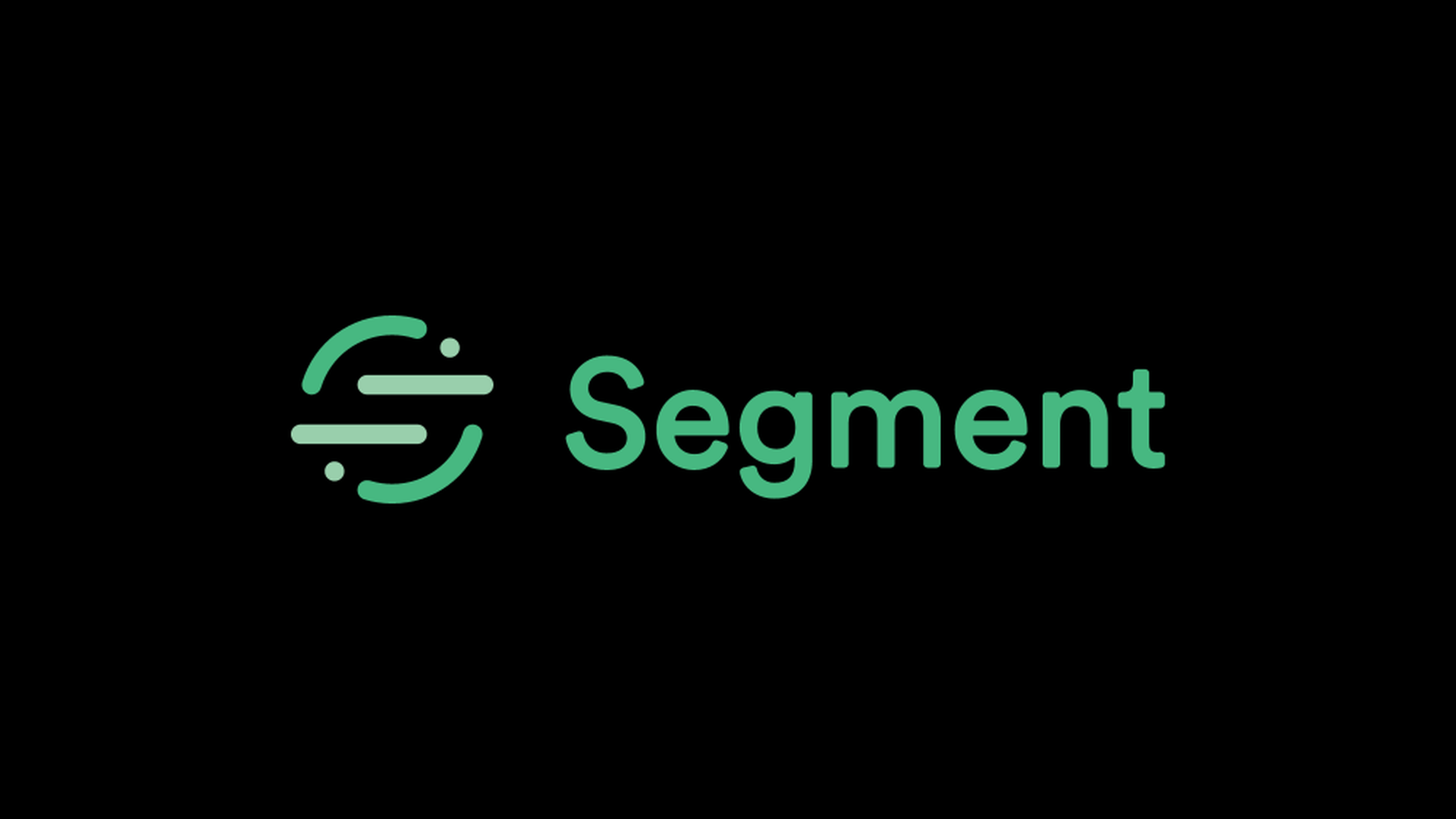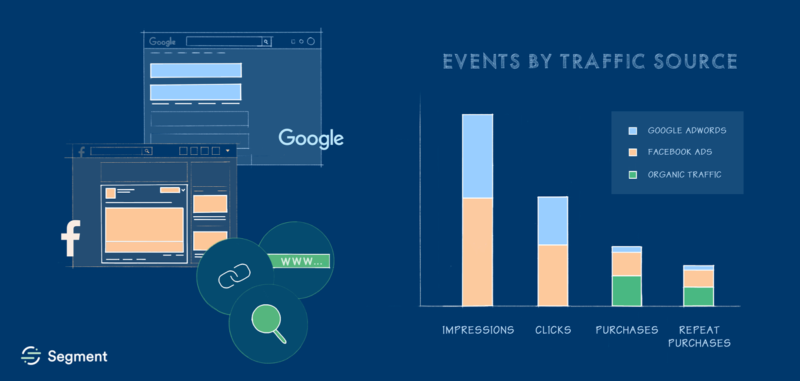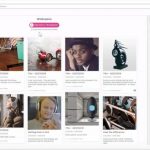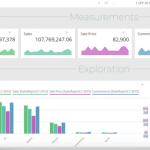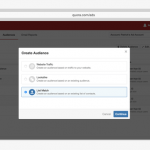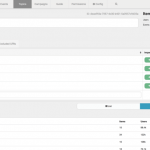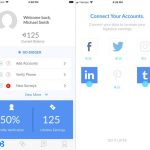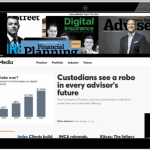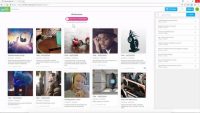Segment can now combine all Facebook Ads & Google AdWords data for layered, automated reporting
The new tool facilitates campaign spend and performance monitoring in a single dashboard, and data can be layered with other sources like Salesforce, Stripe and Zendesk for a deeper understanding of campaign outcomes.
Customer data platform, Segment, has long enabled customer behavioral data to flow into AdWords and Facebook for audience targeting, now it’s aiming to make campaign performance analysis across both platforms easier.
On Thursday the company announced the launch of Segment Sources for Facebook Ads and Google Adwords. The new feature is designed to help marketers collect campaign data in one data warehouse in order to analyze ROI, attribution and user actions generated from Facebook and Google campaigns easily without drowning in spreadsheets.
The automatic availability of AdWords and Facebook Ads data in one place (Segment pulls the data from Facebook Insights and Adwords Reports APIs daily) makes it possible to monitor how both sources are performing on a single dashboard, comparing apples-to-apples metrics.
Marketers can also generate more detailed views such as ROI from ad campaigns broken down by conversion actions or funnel stages.
At a more advance level, combining Facebook and Google campaign data with other customer data that can be pulled into Segment, marketers can get a more complete picture of the types of actions users coming from Facebook and Google ads take — such as completing a transaction, renewing a subscription, taking in-app actions, submitting support requests, writing reviews, etc. — and match those actions back to campaign goals to understand if a campaign is achieving the intended outcome. Within Segment, marketers can build attribution models in SQL rather than having to rely solely on conversion events set up in Google and Facebook, to get more granular views of customer behavior as well as to help avoid double-attributing conversions to each source.
By pulling in customer data from other sources, marketers can get a more complete picture of the types of customers or leads campaigns are attracting and how that is impacting other functions of the company. For example, Segment suggests, you may get a lot of new users through a particular SEM campaign, but what if they bury your support team with questions (an indicator that they may be unqualified)? You might want to stop the campaign. Combine your Zendesk, Intercom or Salesforce data with Facebook Ads and Google AdWords to find out.
Segment Sources for Facebook Ads and Google Adwords has been in beta with about 100 customers for some time, and is now live for all 7,000+ Segment customers.
Marketing Land – Internet Marketing News, Strategies & Tips
(63)

